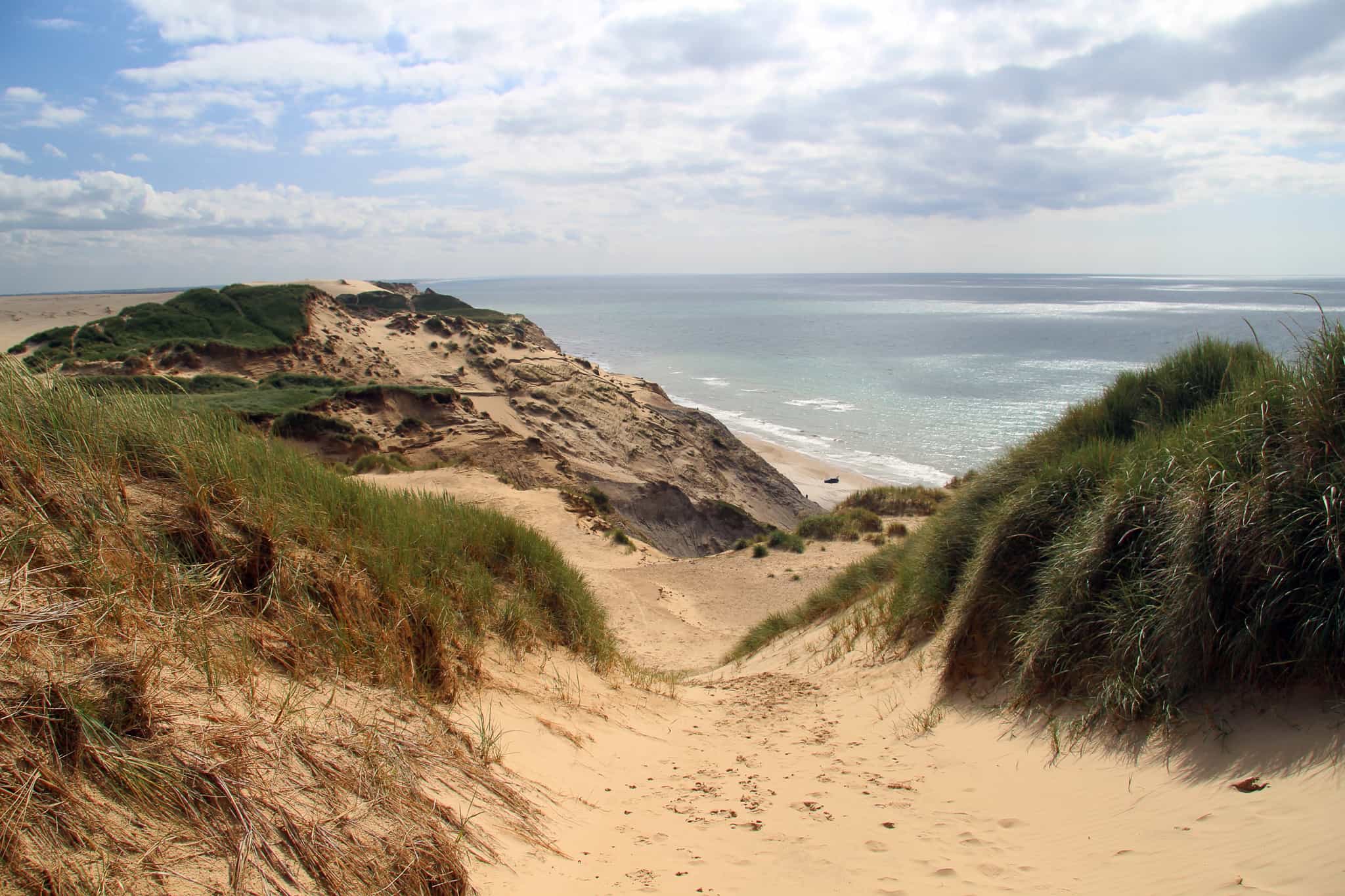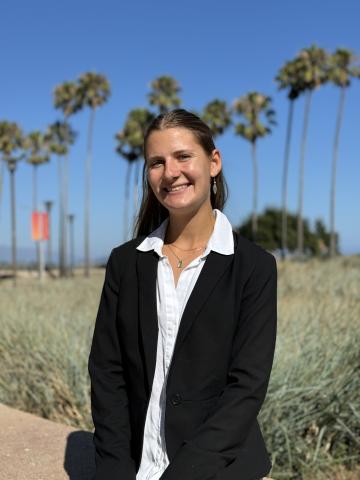Restoring Dunes to Improve Coastal Resilience
Manifestations of climate change like sea level rise, storm erosion, and flooding are already impacting coastal communities and ecosystems in many ways. Planning for adaptation to climate-driven coastal hazards poses difficult challenges, particularly for highly populated urban communities in California and elsewhere. California’s cherished sandy beaches are also important ecosystems that are highly vulnerable to the impacts of climate change. Beach and dune ecosystems can provide buffers to flooding and erosion events. Our research investigates how dune restoration can be used to restore and preserve open coast soft sediment ecosystems and enhance their resilience to sea level rise and other growing impacts of climate change.
Our research goals are to evaluate ecological and geomorphic features on a range of dune restoration projects to provide information that can be used by coastal communities to plan and prepare for climate change. Our results will provide expectations for the efficacy of dune restoration projects as adaptation approaches. This information can help guide management strategies and policies for climate resilience for coastal communities and managers. To achieve these goals, we are assessing vegetation cover and composition, geomorphic characteristics, and the intersection of dune plants and features at 10 dune restoration projects throughout southern California. Dune restoration takes many forms in the region. Dunes at some of our study sites (n=5) were restored by removing invasive species, such as iceplant (Carpobrotus edulis) to enhance native plant cover and natural functions, while others (n=5) were restored through removing major anthropogenic disturbances, such as beach grooming (or raking). The settings of our study sites also vary widely from fully urban sites on the Los Angeles shoreline to protected reserves like Coal Oil Point.
Our preliminary findings highlight the responses of coastal foredunes from the restoration of native plants that can act as ecosystem engineers. By trapping sand, which increases beach profile elevations and creating hummocks, native species, such as beach bur (Ambrosia chamissonis) and red sand verbena (Abronia maritima), can form and maintain protective foredunes over time. When native dune plants become partially buried by wind- and wave-driven sand, they grow upward leading to more sand trapping and hummock formation. We found higher sand volume, elevations, and native plant cover at dune restoration sites than nearby control (unrestored) sites, providing more protection and improved coastal resilience. In addition to Mantell funding, this research is supported by the University of Southern California Sea Grant Program, California Sea Grant, the UC Office of the President, and Edison International.
Maya and Karina’s Impact:
- Conducted vegetation and topographic field surveys at 10 dune restoration sites throughout southern California.
- Performed data analysis and summary statistics to assess vegetation cover and composition, geomorphic characteristics, and the intersection of dune plants and features.
- Coordinated and participated in regional and national coastal groups such as the California Dune Science Network, statewide coastal dune research team, Ocean Protection Council Science Advisory Panel, Beach Ecology Coalition, and the American Shore and Beach Preservation Association’s Board of Directors.
- Hosted and presented at three public regional workshops on dune restoration.
- Presented preliminary results at the International Sandy Beach Symposium in Lecce, Italy.
- Began drafting a manuscript based on the dune research project.


